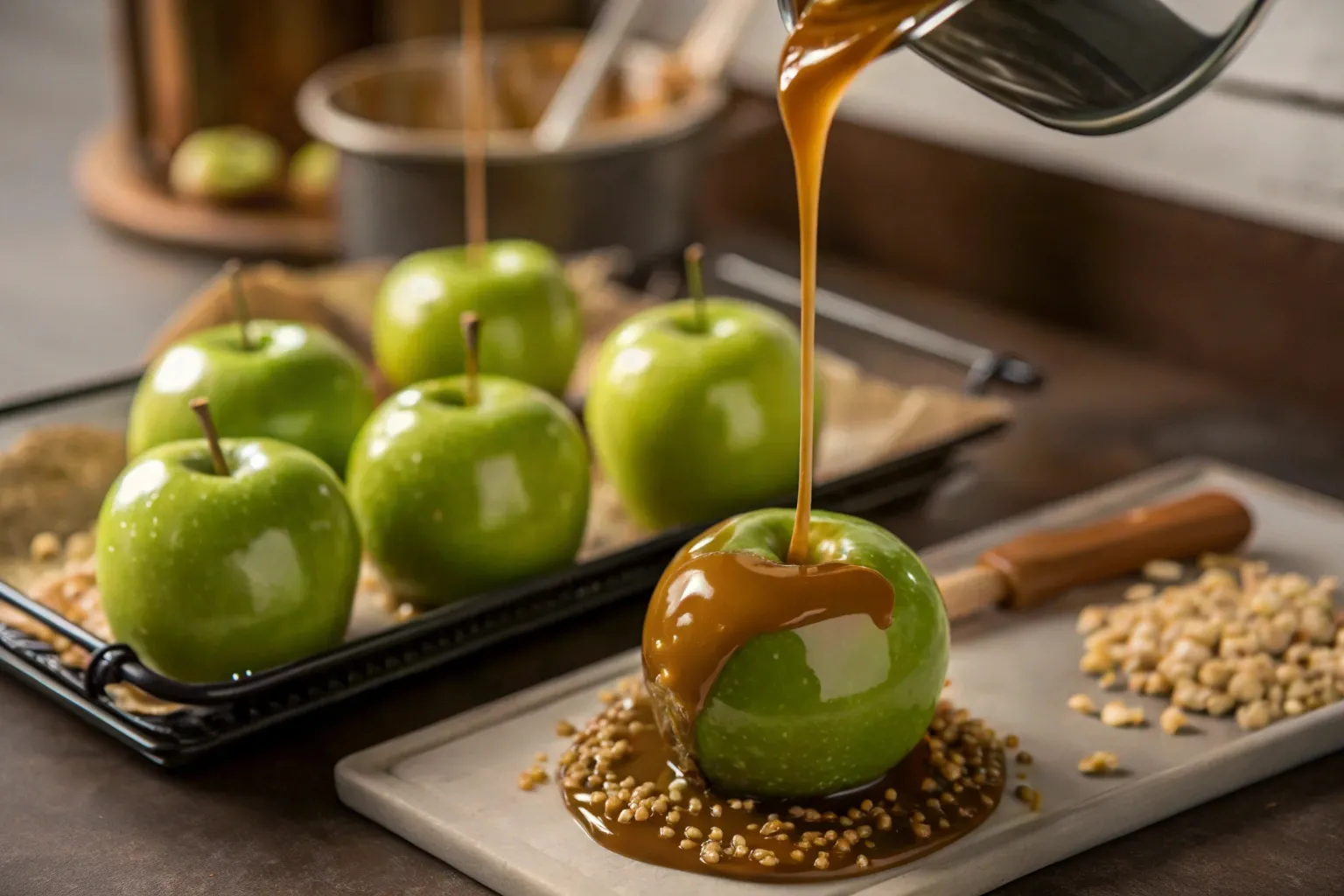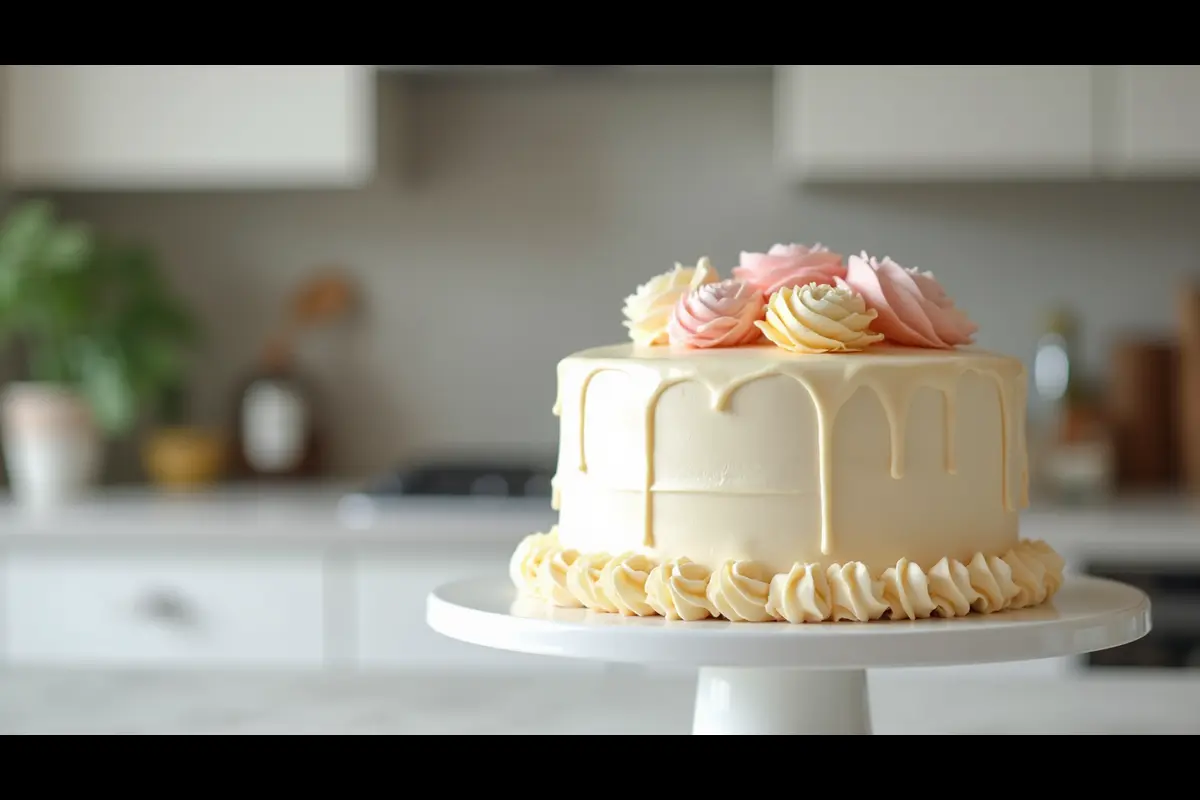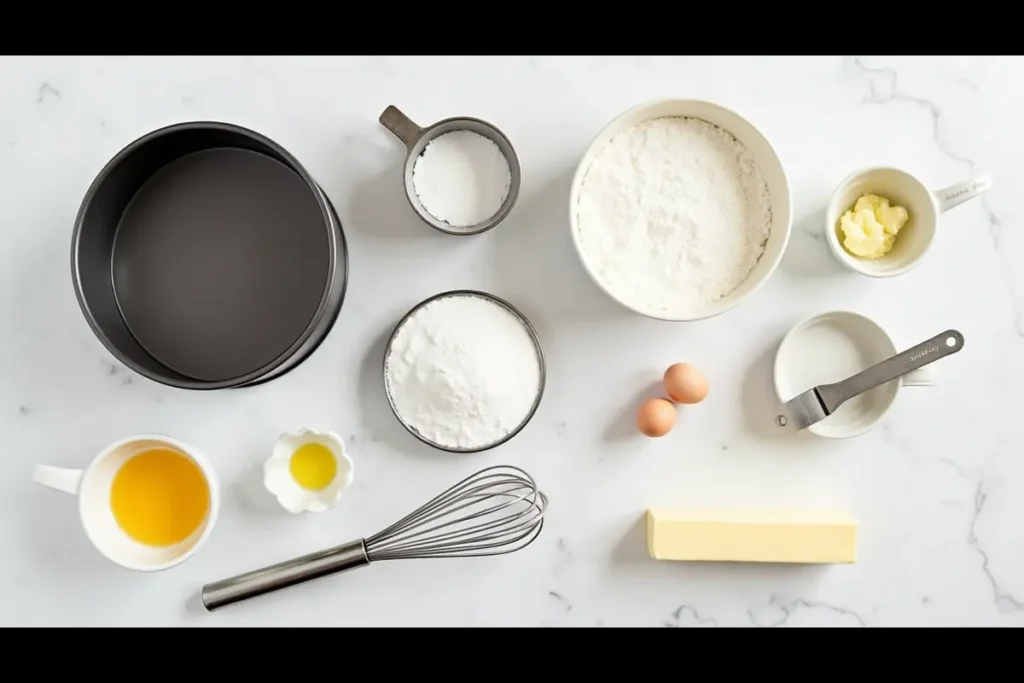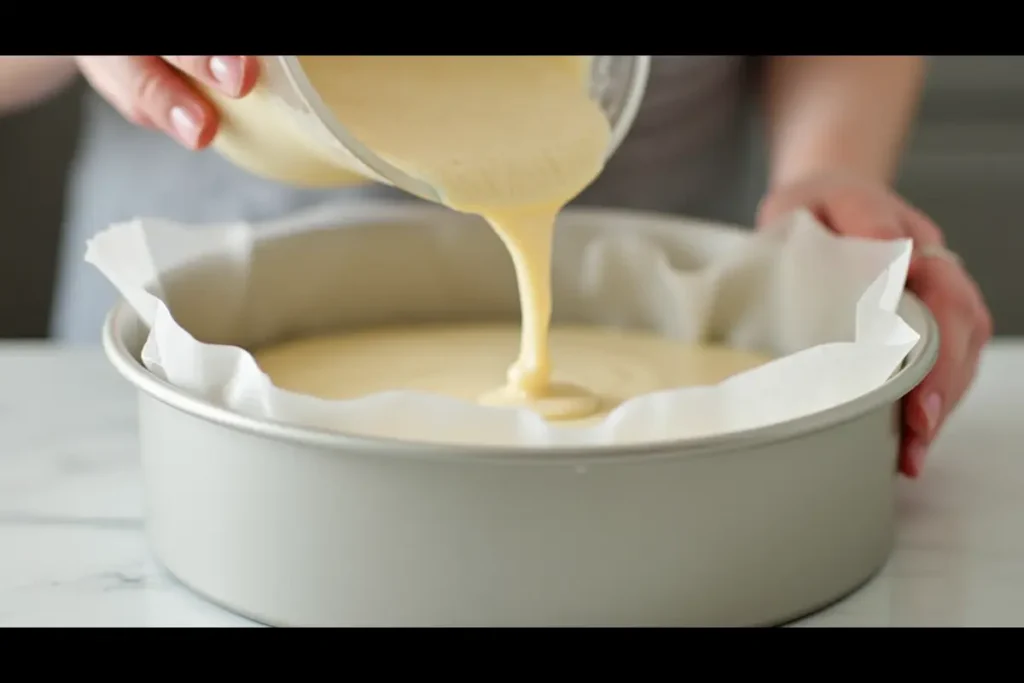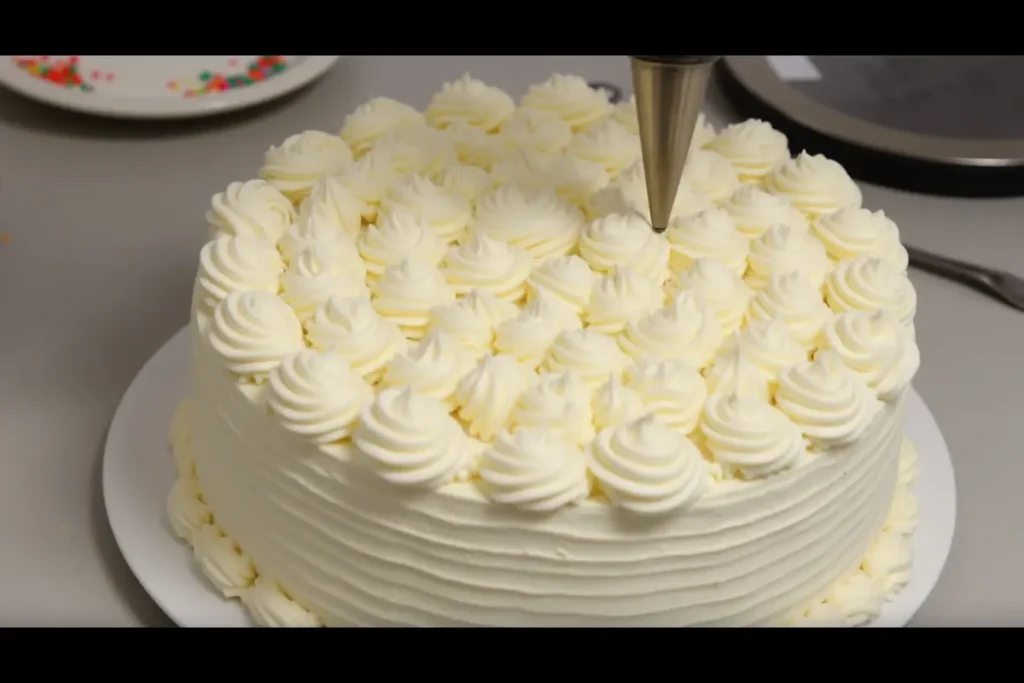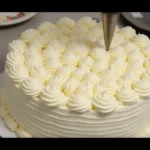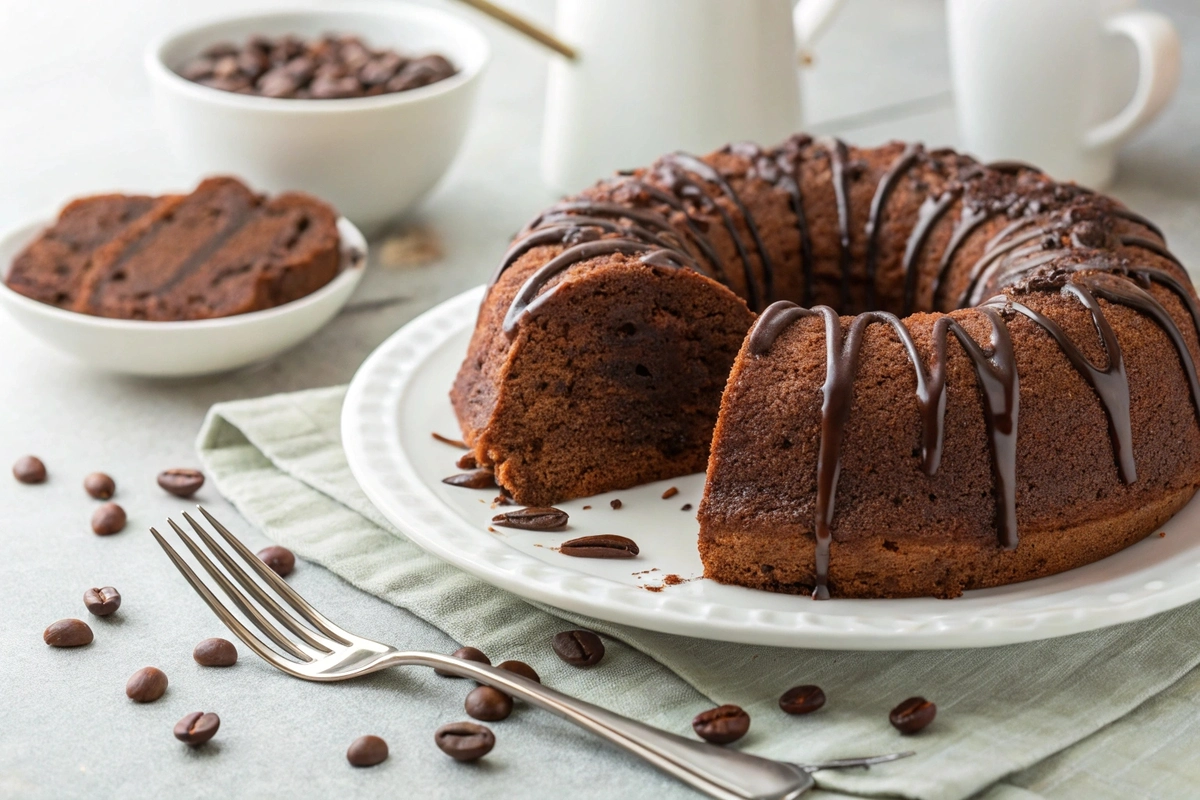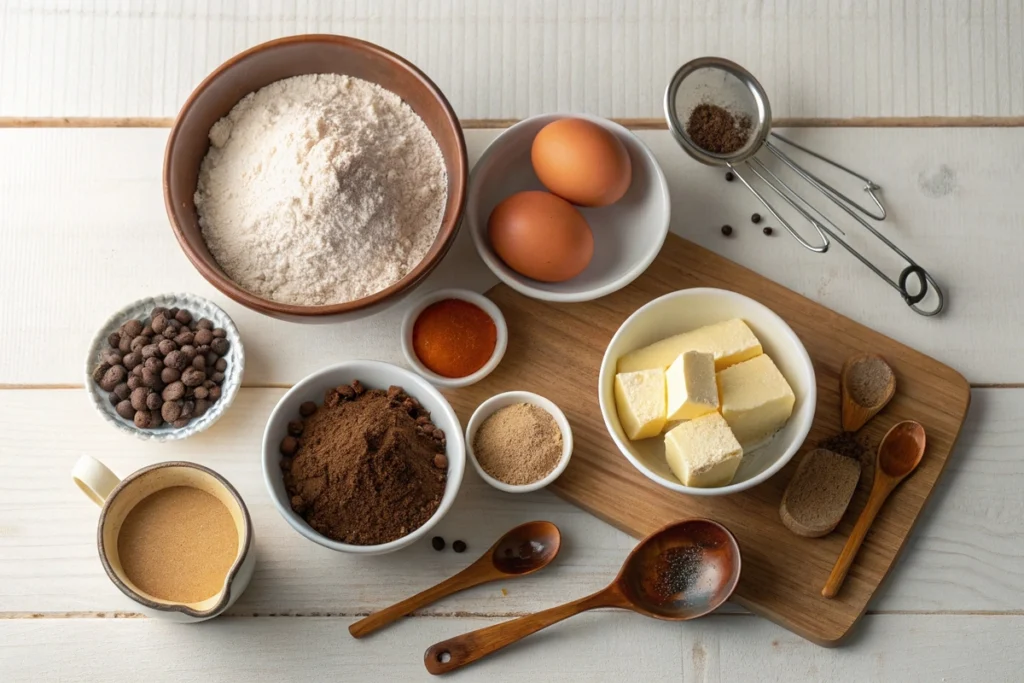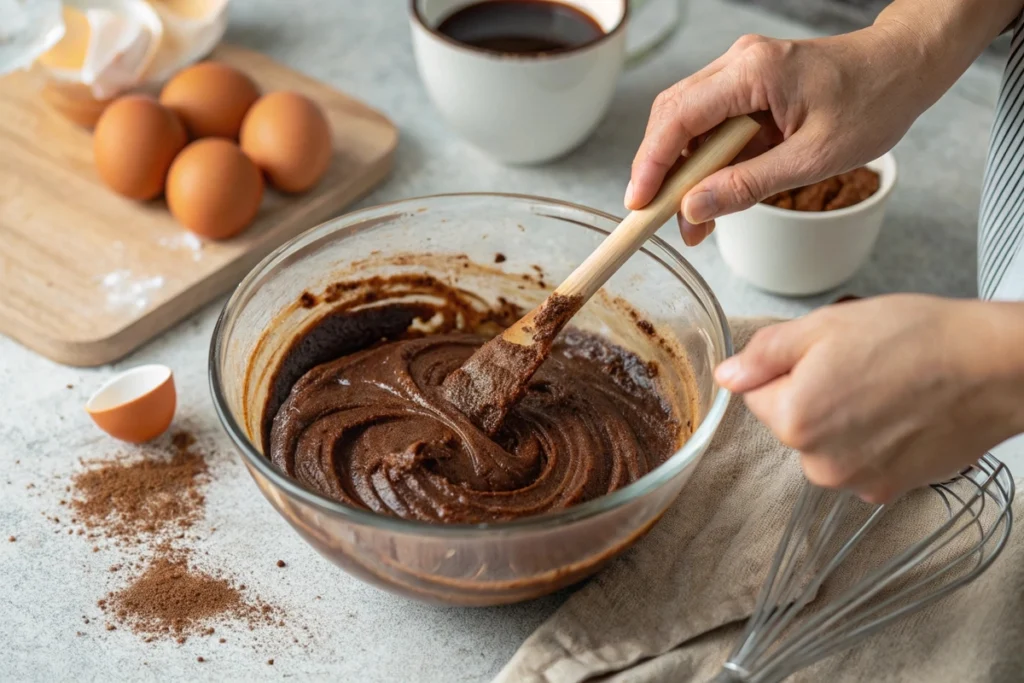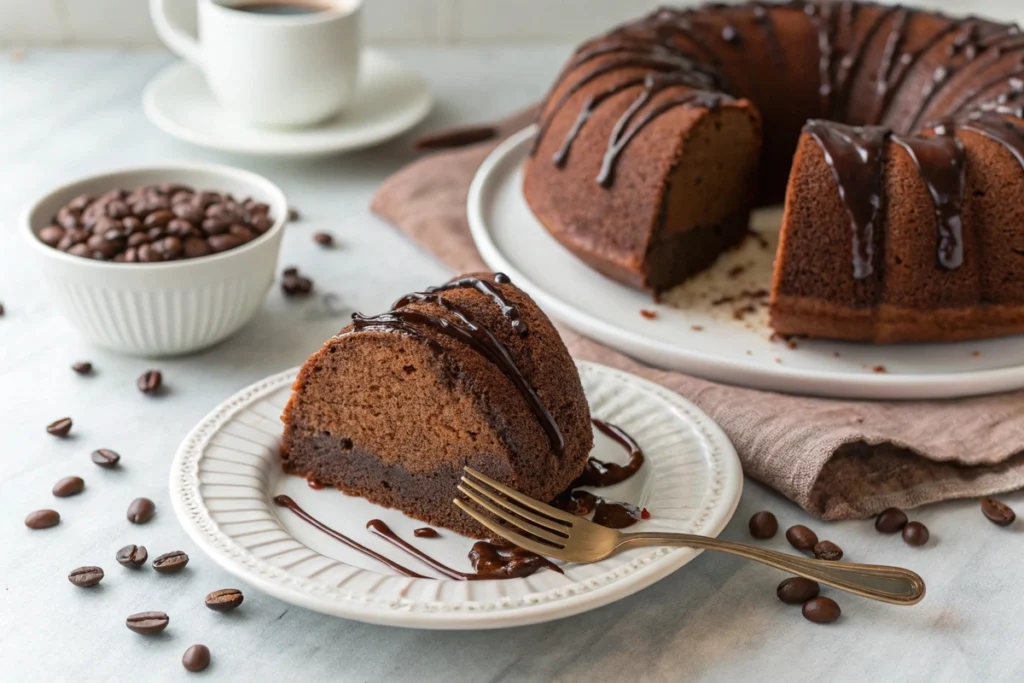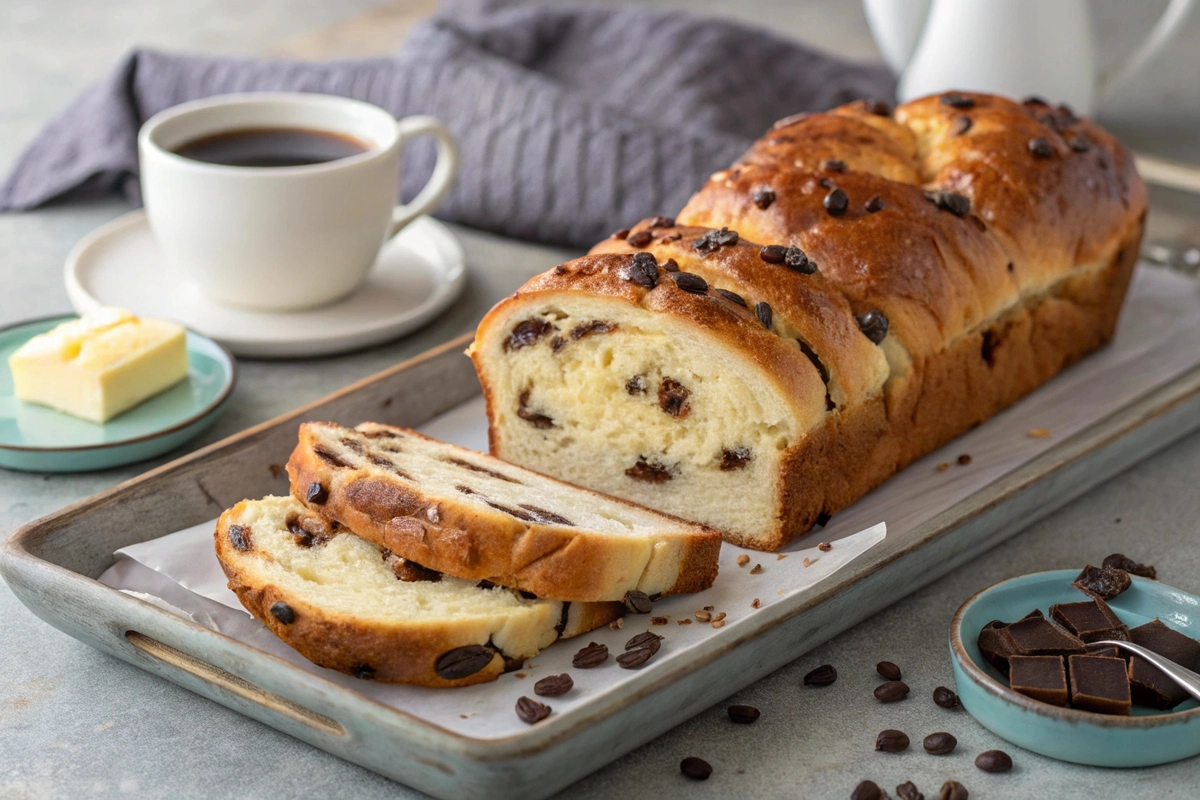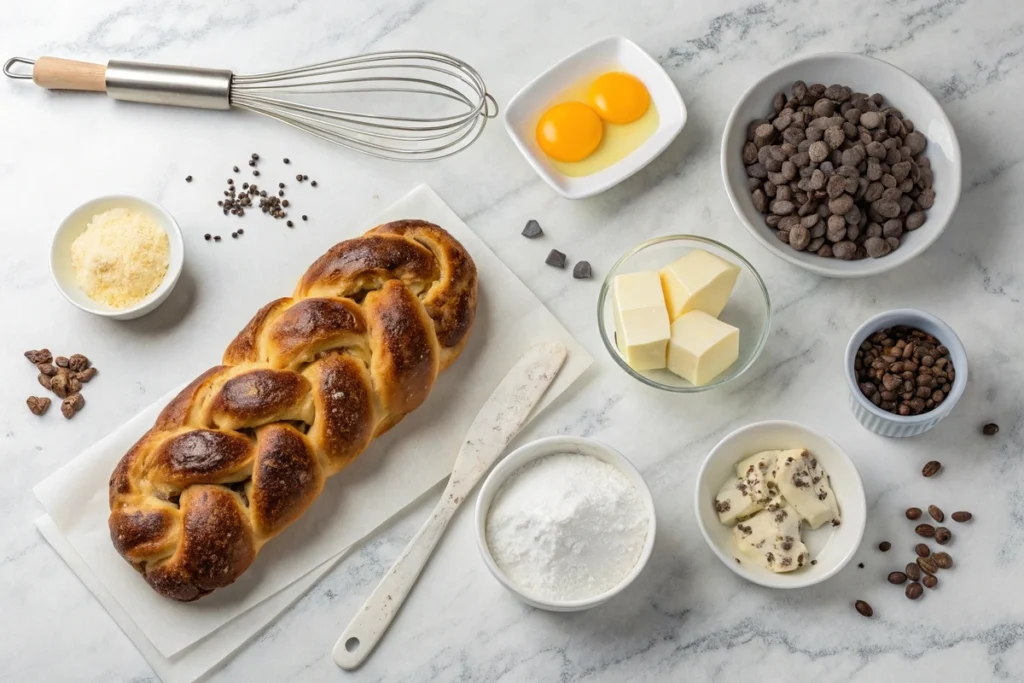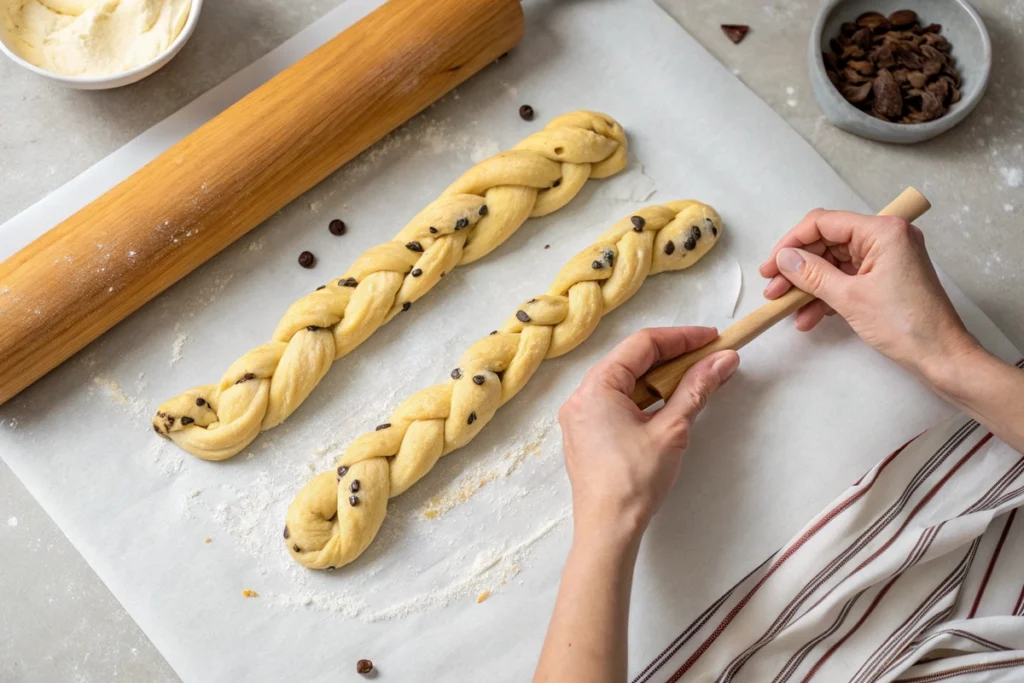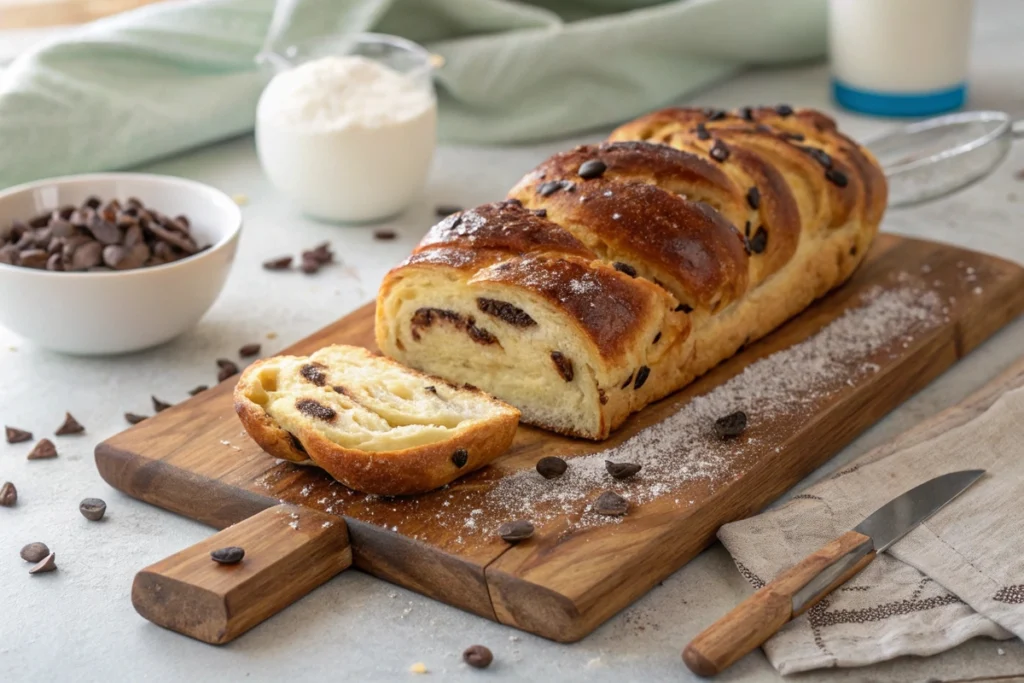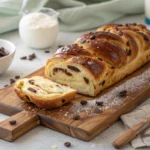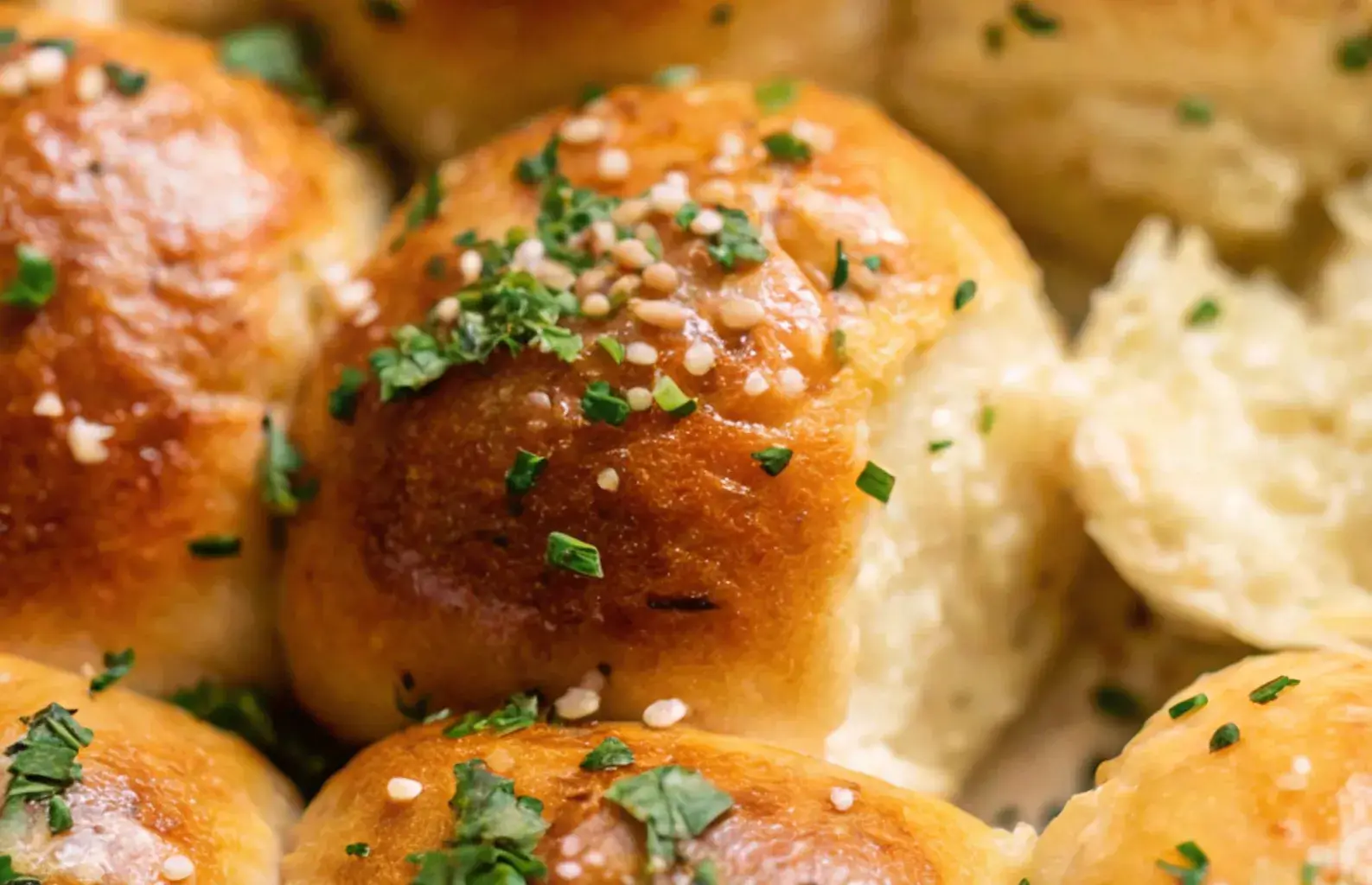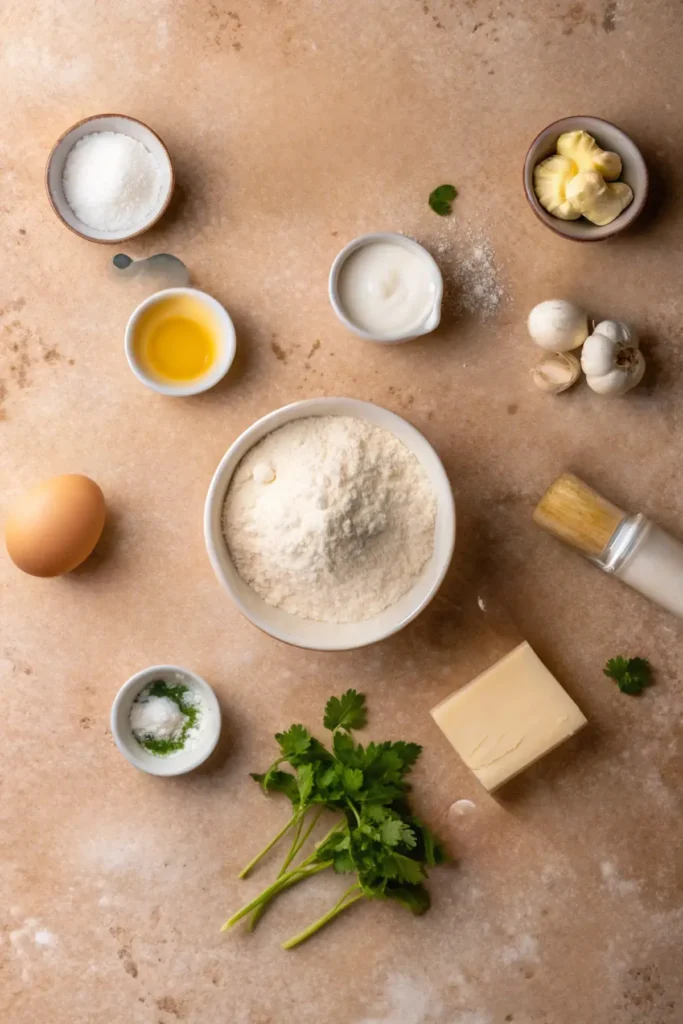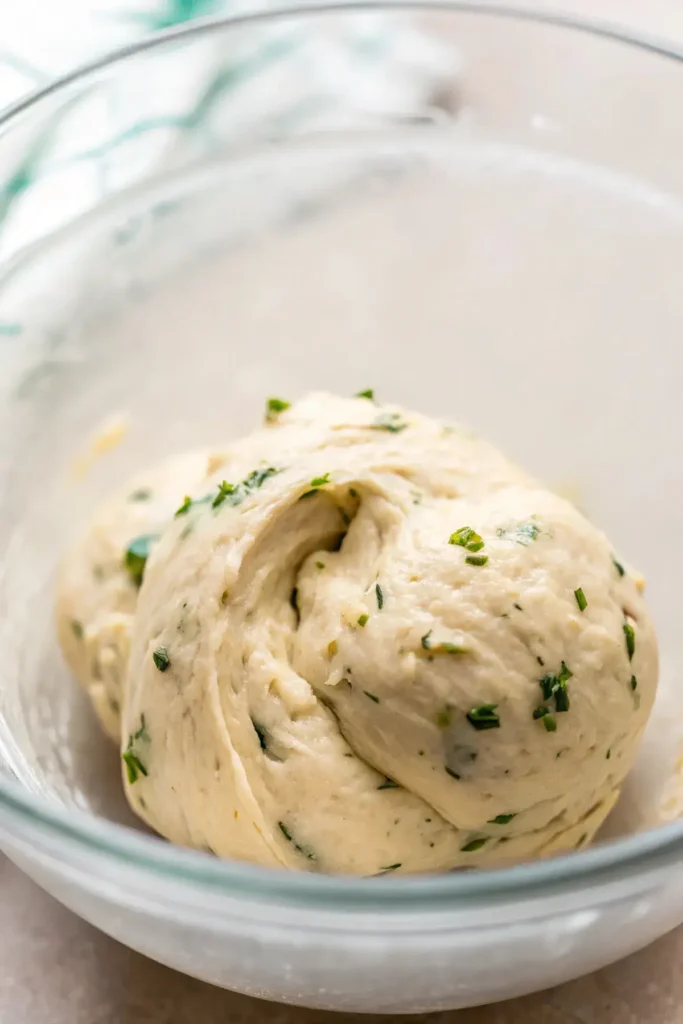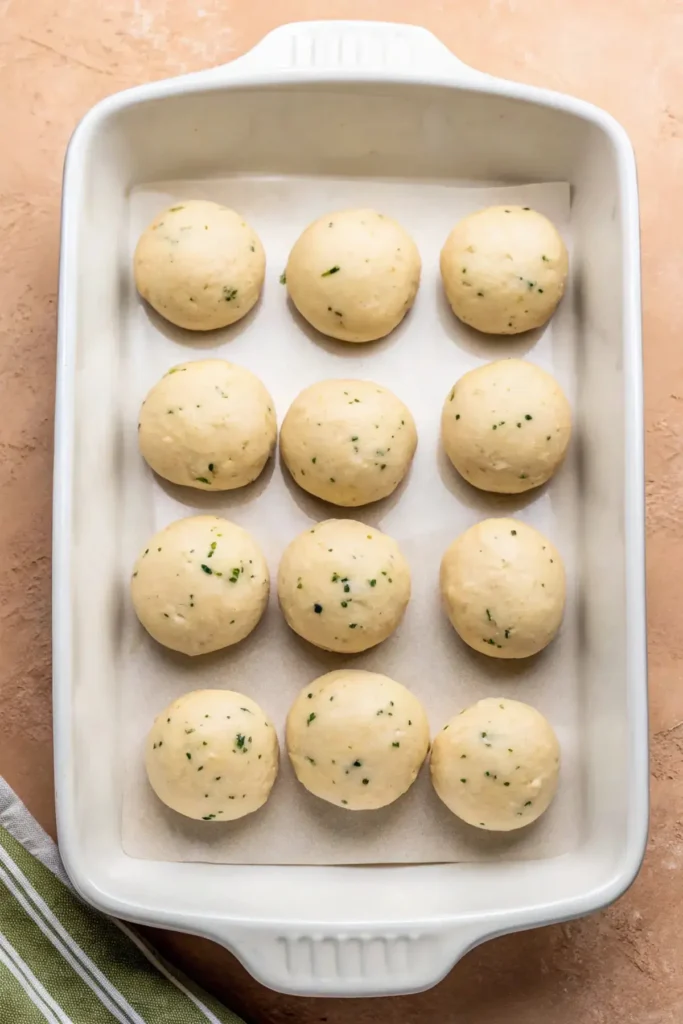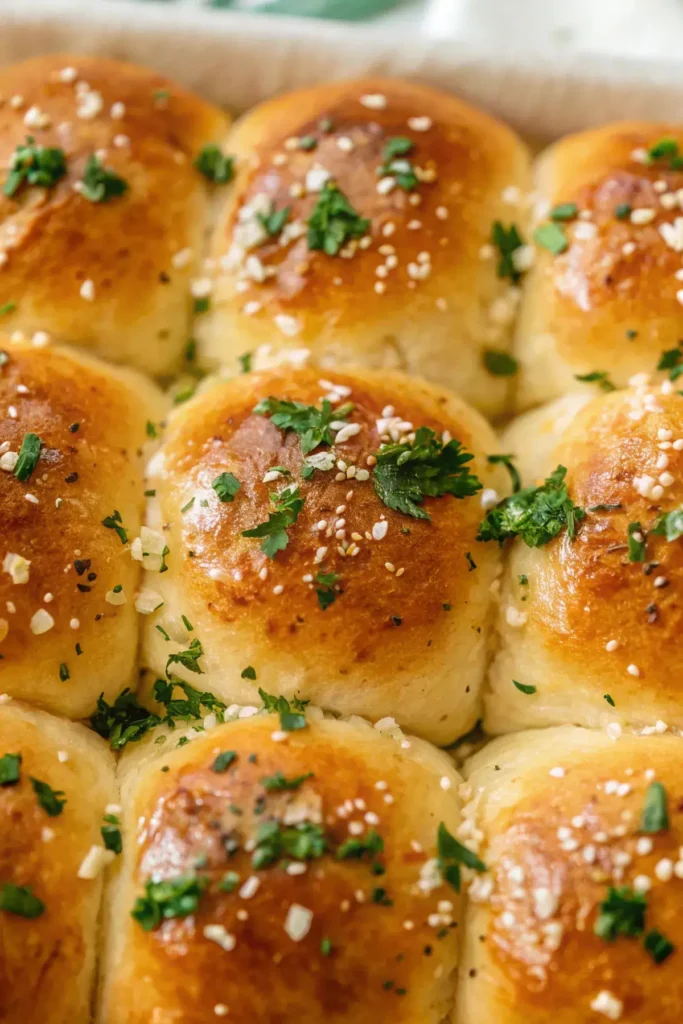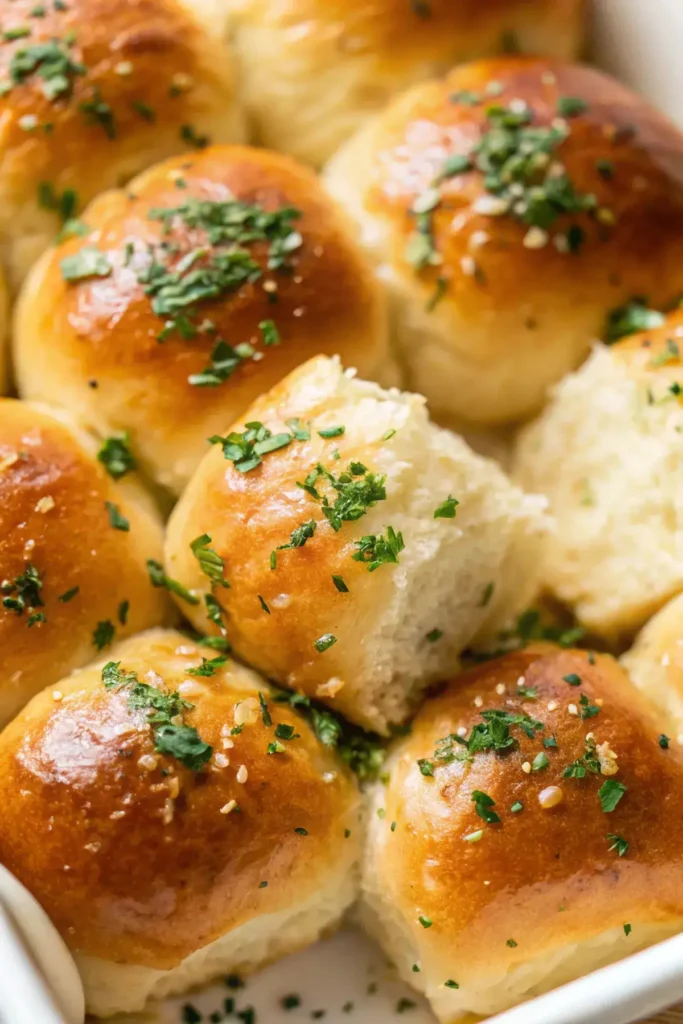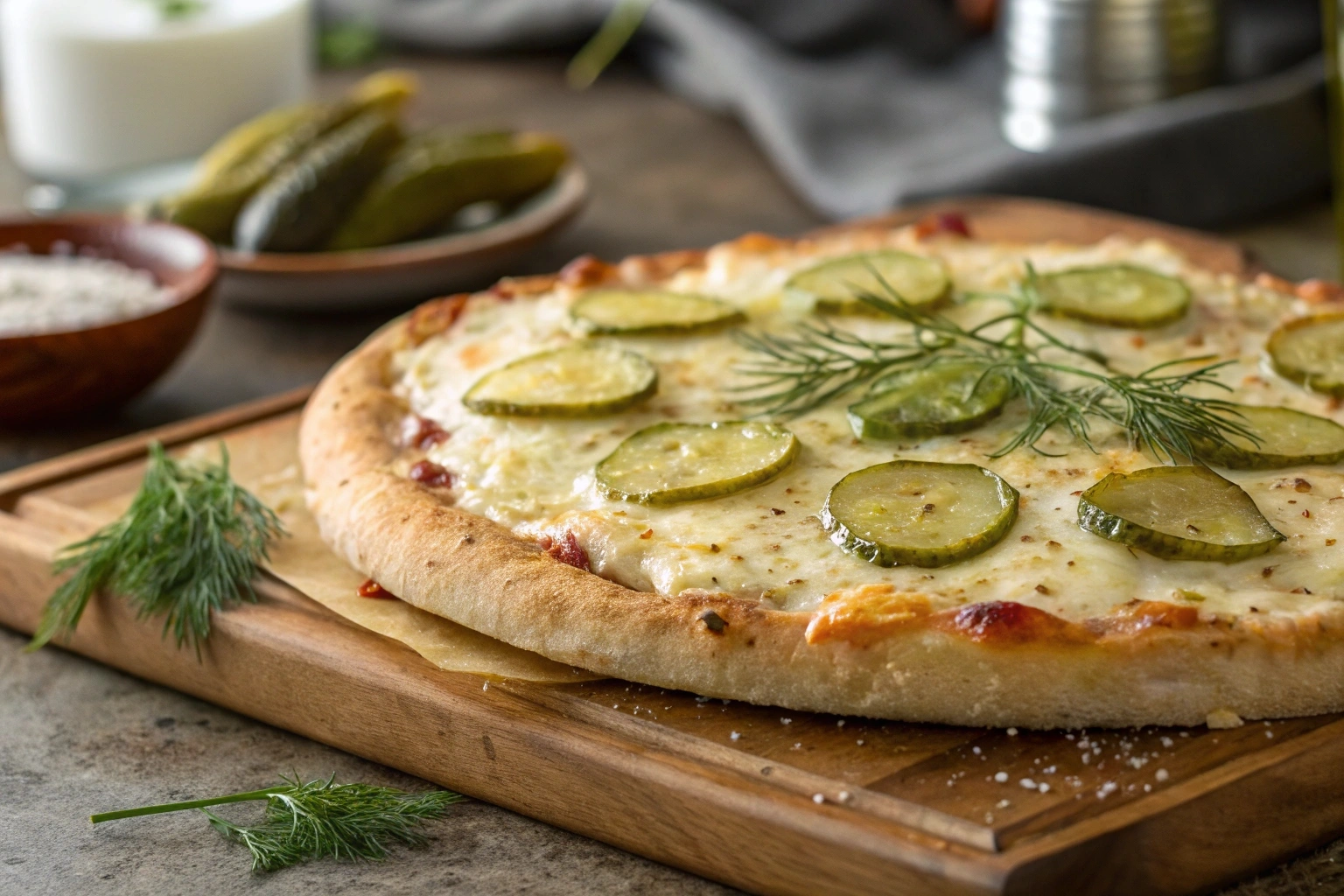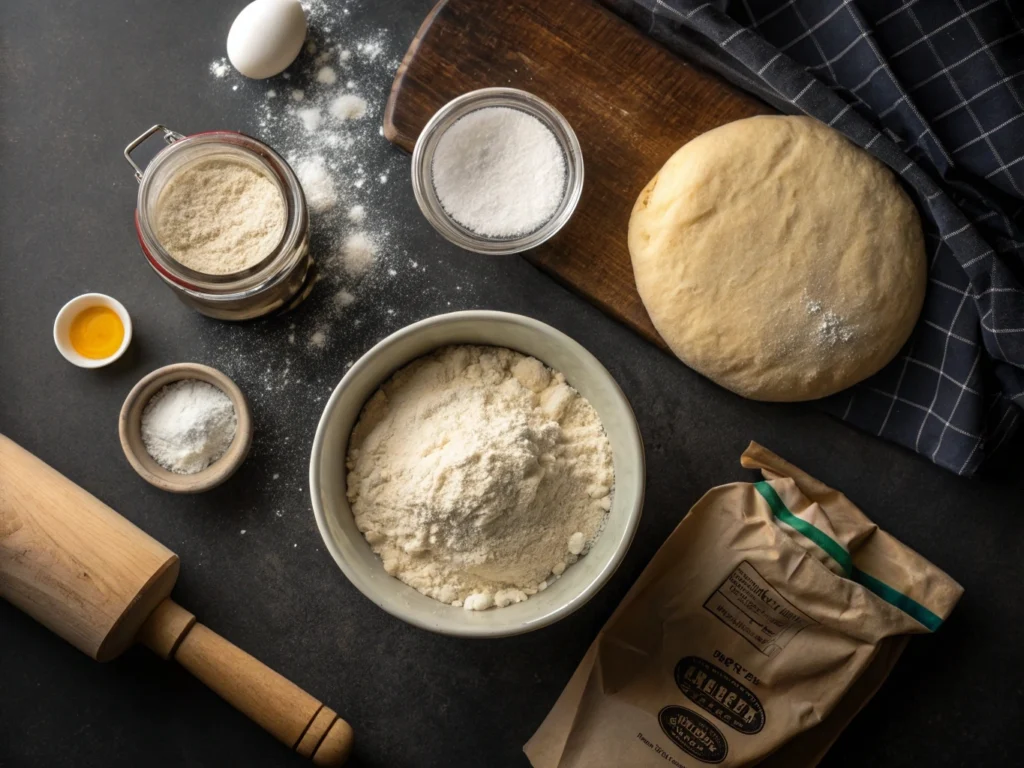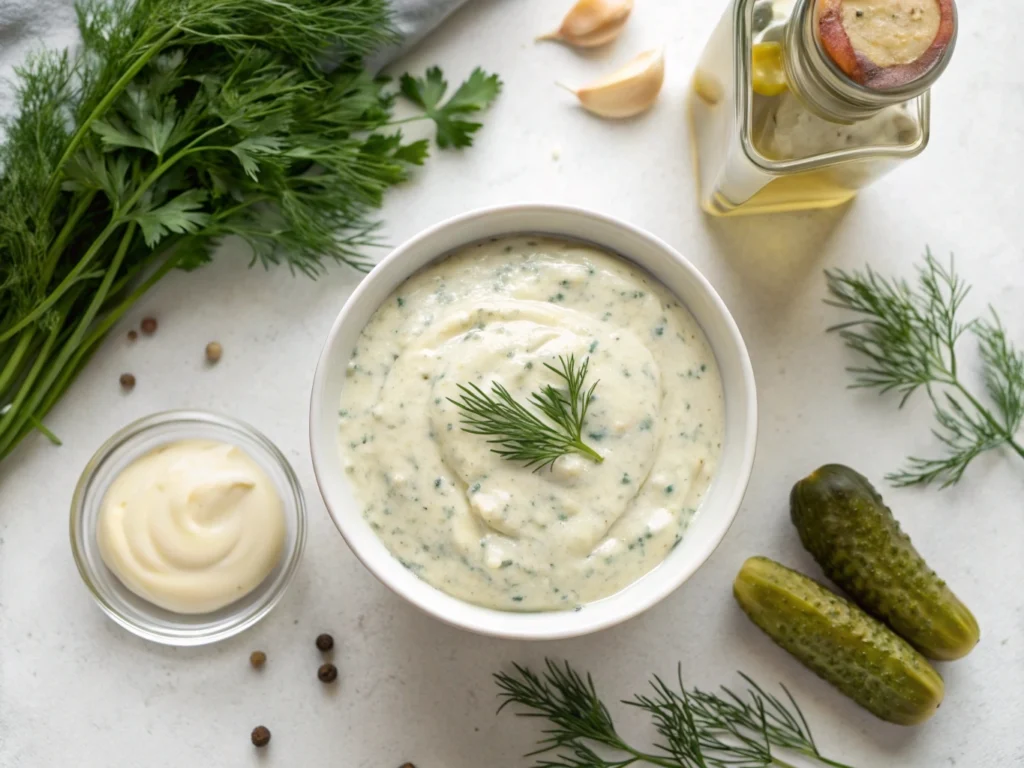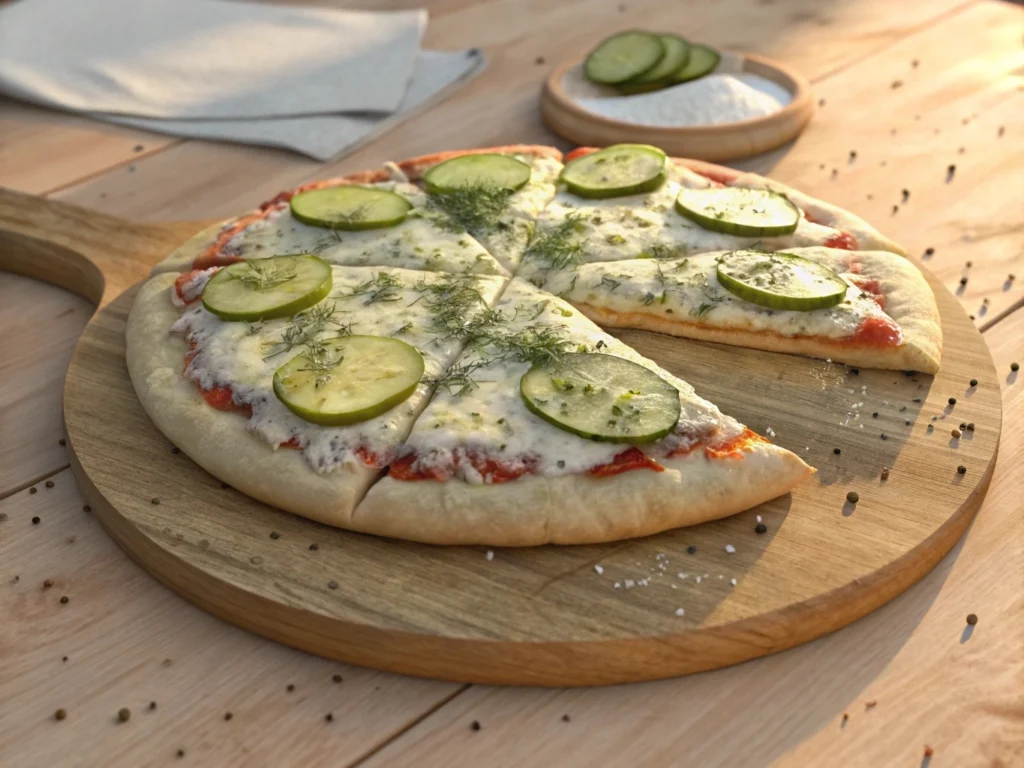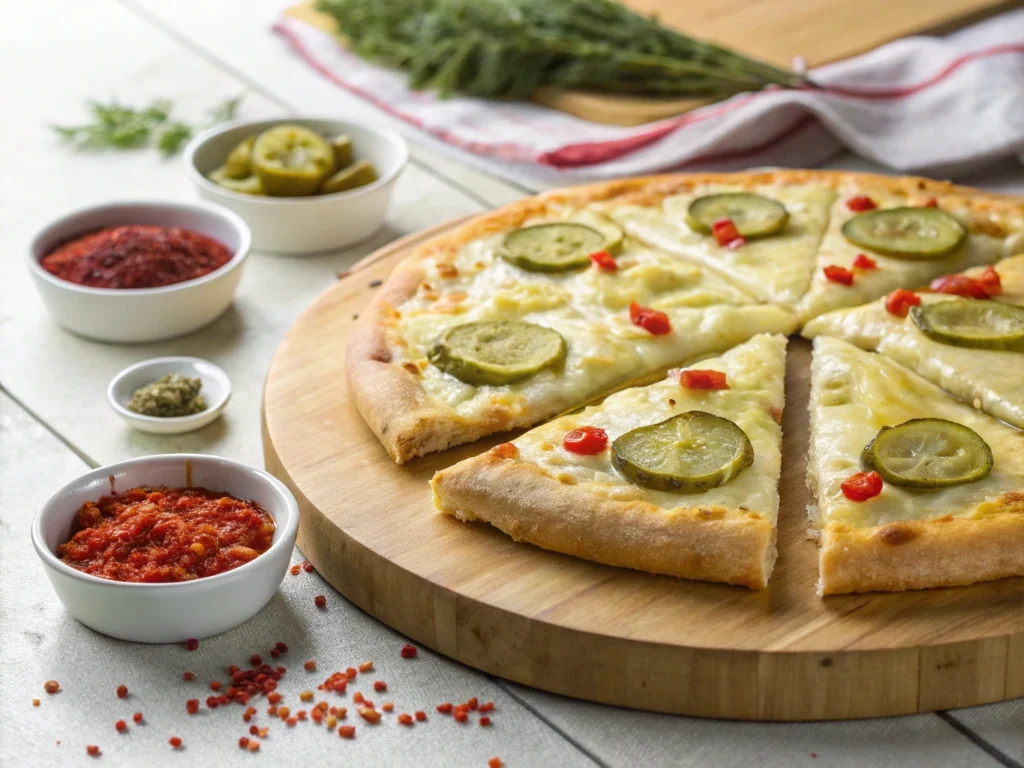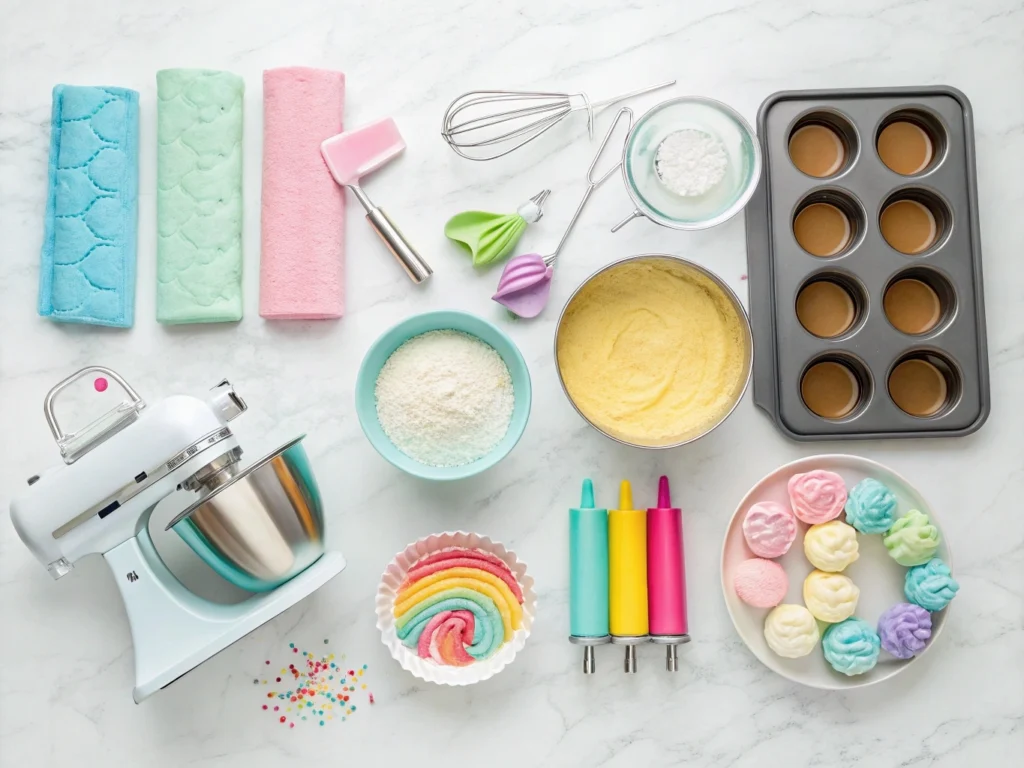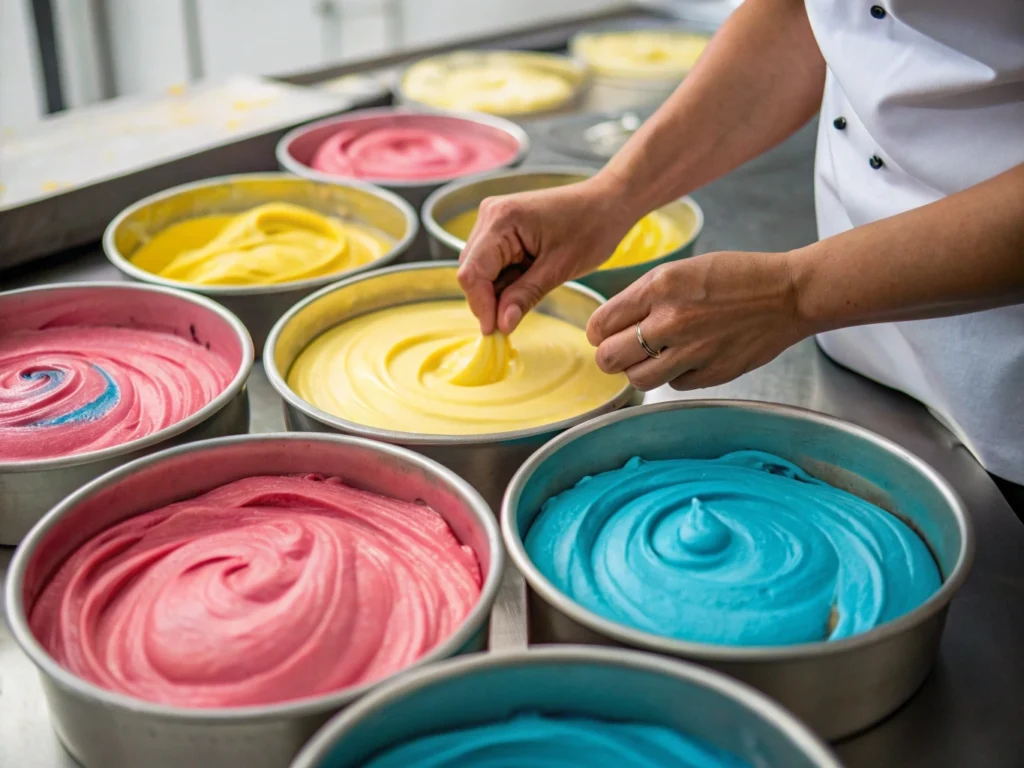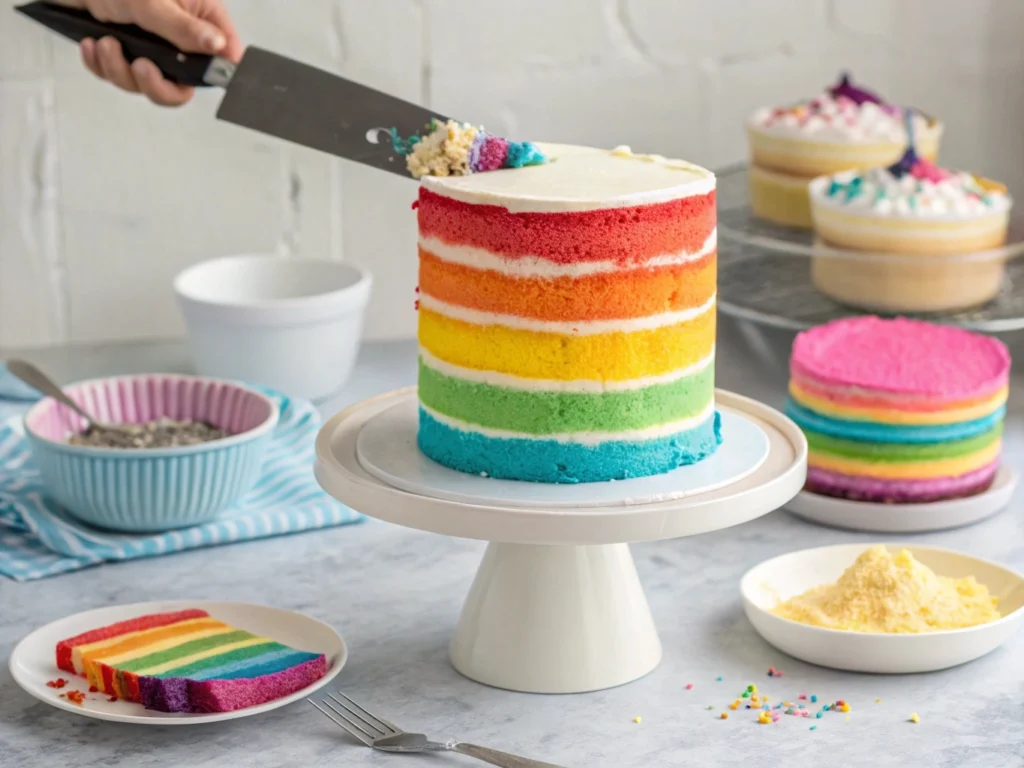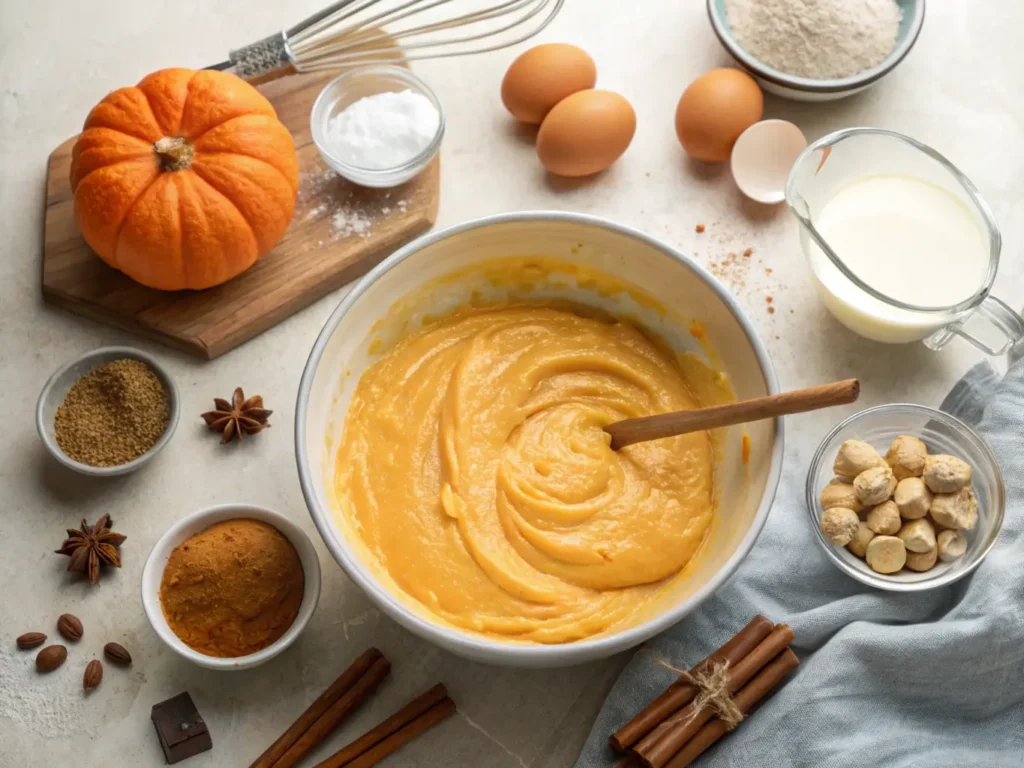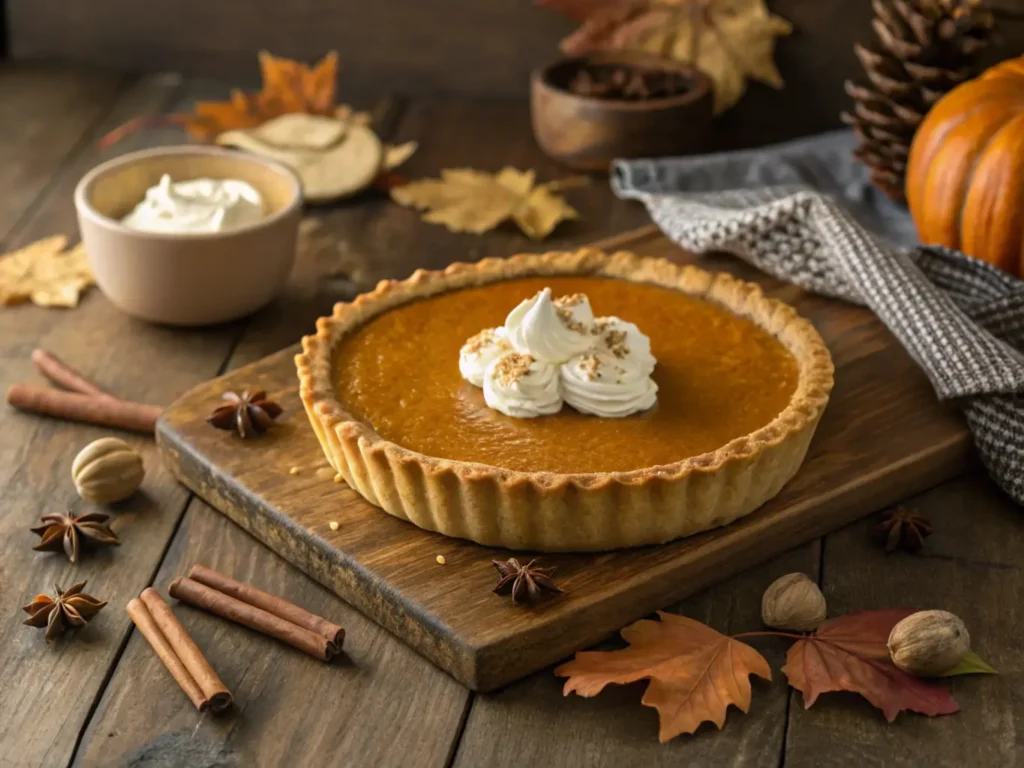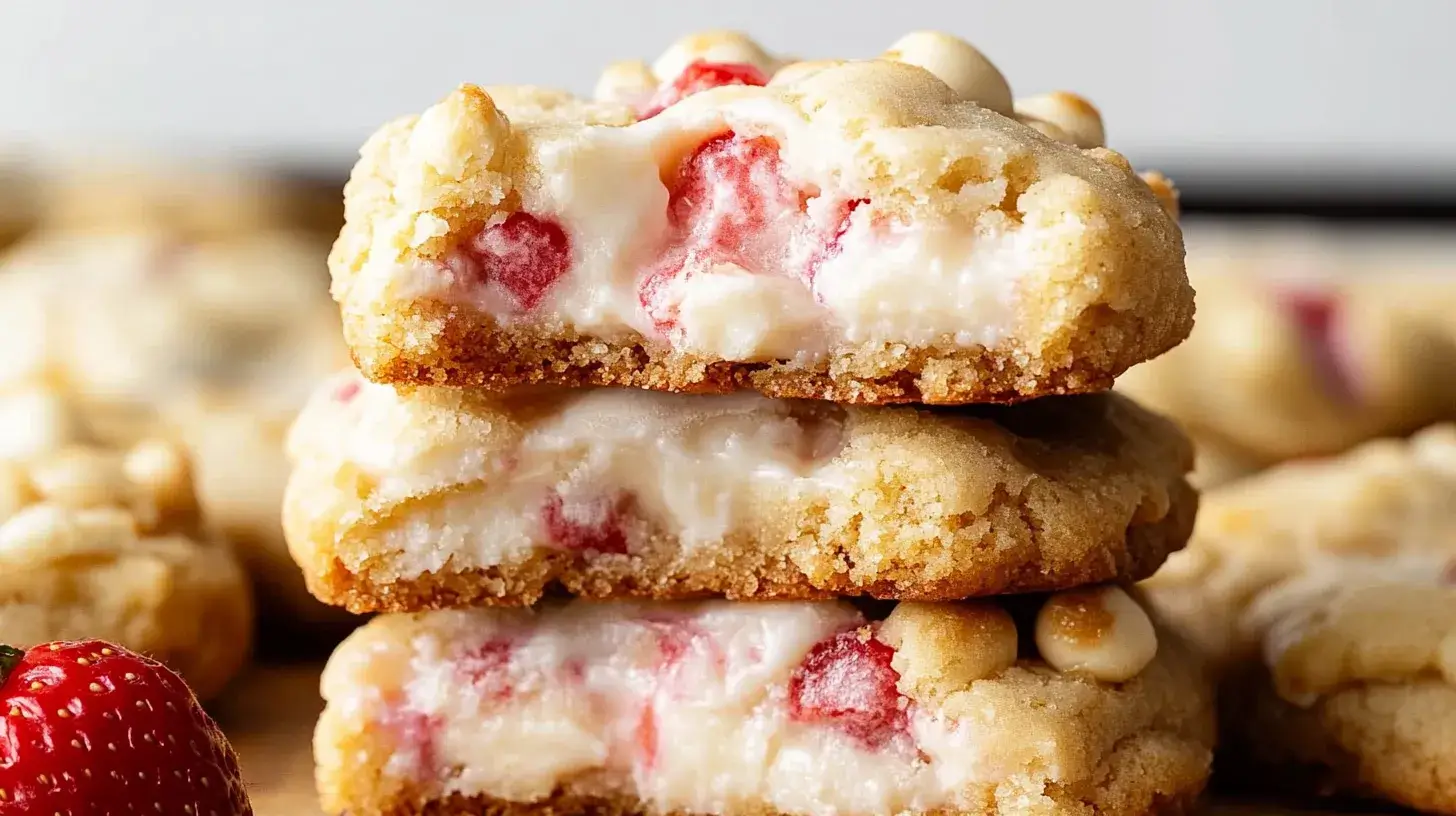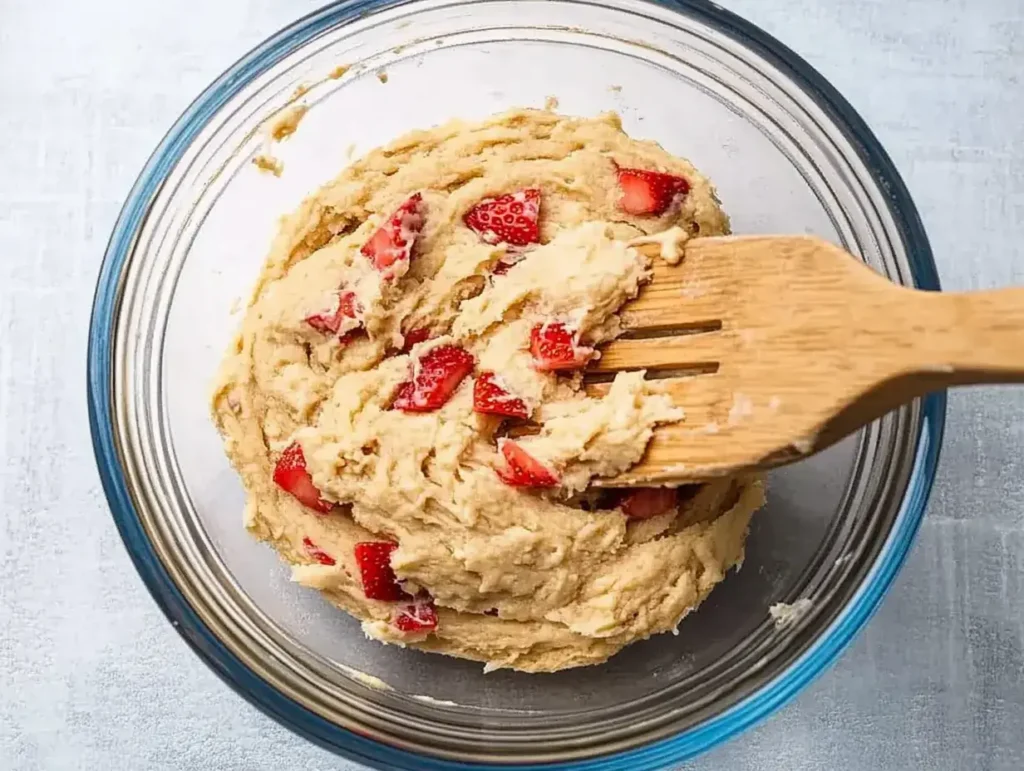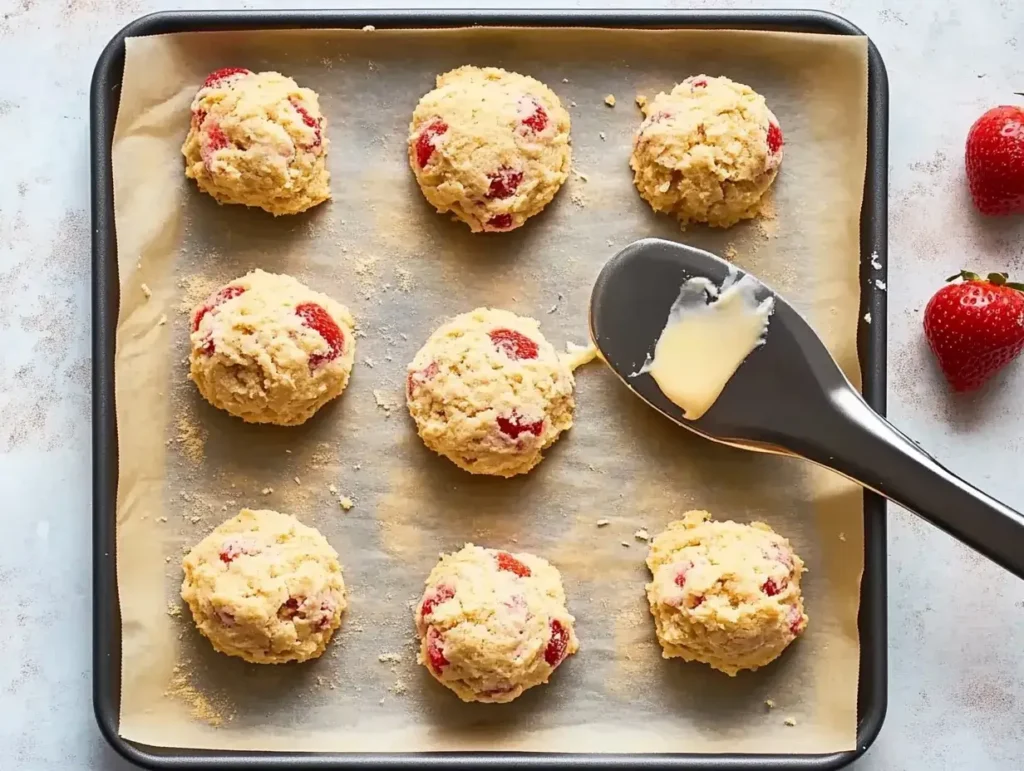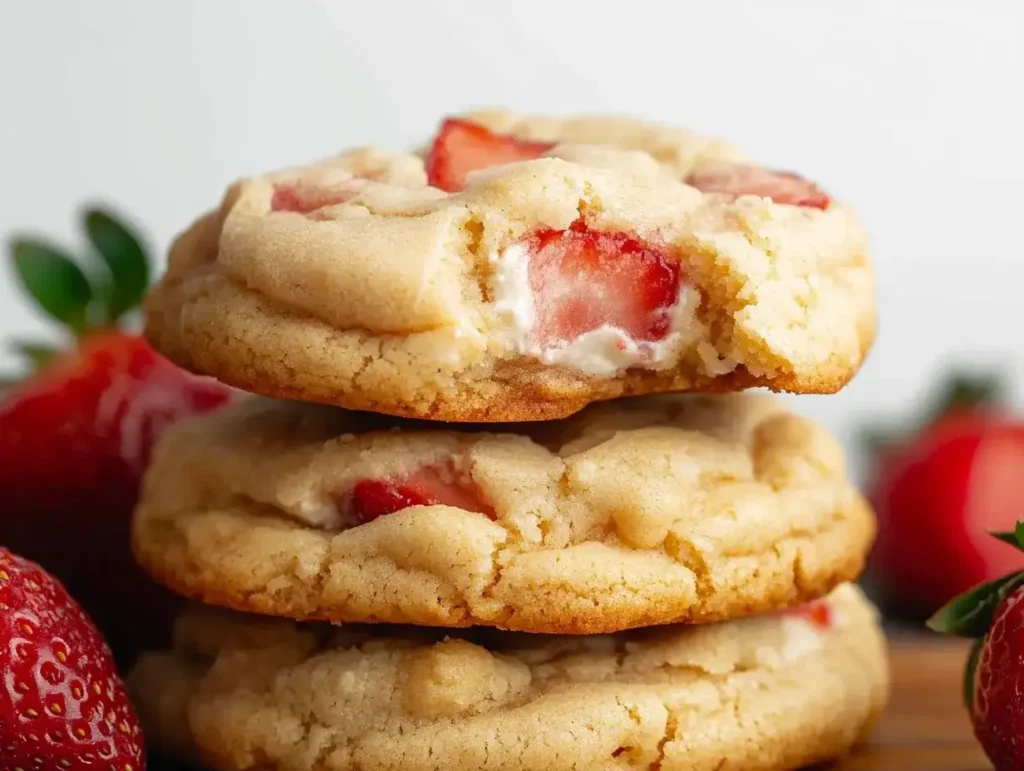My love for autumn desserts started with one unforgettable bite of caramel apple candy. The golden caramel coating on a crisp apple is more than a sweet treat. It’s a sensory experience that brings warmth and nostalgia of fall.
In this journey, we’ll explore the world of caramel apple candy. We’ll look at its rich history, mouthwatering recipes, and creative variations. We’ll see why these treats are a cherished autumn tradition in the United States.
Table of Contents
The Rich History of Candy-Coated Apples
Candy apples have been a favorite for many years. They bring joy to sweet lovers across America. These treats have a rich story of creativity and celebration.
The story of candy apples started in the early 1900s. In 1908, William Kolb from Newark, New Jersey, made the first candy apple. He was experimenting with red cinnamon-flavored hard candy.
Origins of the Classic Candy Apple
The first candy apples were quite different. They had:
- Bright red, hard sugar coating
- Primarily sold at carnivals and fairs
- A crisp, glossy exterior
Evolution into Caramel Varieties
Over time, toffee and caramel apples became more popular. The softer, richer caramel made them a fall favorite.
The change brought new tastes and textures. Caramel apples offered:
- Smoother, more buttery coating
- Options for additional toppings like nuts
- Greater versatility in flavor combinations
Cultural Impact in American Fall Traditions
Today, candy apples are a symbol of autumn. They’re enjoyed at county fairs and Halloween parties. They’re more than a snack; they’re a part of American traditions.
The change from simple sugar to gourmet caramel shows our creativity and love for seasonal treats.
Essential Ingredients for Perfect Caramel Apple Candy

Making gourmet caramel apples is all about choosing the right ingredients and techniques. Let’s explore the key components that turn simple apples into tasty caramel treats. These will wow your family and friends.
Choosing the Perfect Apple
The base of a great caramel apple candy is the apple itself. Here are my top picks:
- Granny Smith: Tart and crisp, perfect for balancing sweet caramel
- Honeycrisp: Provides a satisfying crunch and natural sweetness
- Gala: Mild flavor that complements caramel coating
Crafting the Ideal Caramel Coating
Your caramel coating is what makes your apples special. Use these ingredients for the best results:
- High-quality butter
- Dark brown sugar
- Heavy cream
- Pure vanilla extract
Creative Toppings and Decorations
Take your caramel apples to the next level with these toppings:
- Crushed pecans
- Mini chocolate chips
- Colorful sprinkles
- Crushed graham crackers
- Toasted coconut flakes
Pro tip: Always dry your apples completely before adding caramel. This ensures perfect adhesion and a shiny finish.
Step-by-Step Guide to Making Gourmet Caramel Apples
Making gourmet caramel apples at home is simple. I’ll show you how to create amazing caramel treats that will wow everyone. They’re great for fall parties or as a sweet homemade gift.

First, get your workspace ready. Collect all your ingredients and tools before you start:
- Fresh, crisp apples
- High-quality caramel
- Wooden skewers
- Parchment paper
- Optional toppings (nuts, chocolate, sprinkles)
Choose firm, tart apples like Granny Smith for the best taste. Wash and dry them well. Then, put wooden skewers in the apple’s top. Chill the apples in the fridge for about 15 minutes to help the caramel stick better.
When making caramel, temperature is very important. Use a candy thermometer to get the caramel just right. Slow and steady wins the race when creating these delectable treats!
| Step | Key Action | Pro Tip |
|---|---|---|
| 1 | Prepare Apples | Remove waxy coating by dipping in hot water |
| 2 | Make Caramel | Heat to 240°F (soft ball stage) |
| 3 | Dip Apples | Twist and shake off excess caramel |
| 4 | Add Toppings | Work quickly before caramel sets |
The last step is decorating. Quickly roll your caramel apples in crushed nuts, chocolate chips, or colorful sprinkles. Place them on parchment paper to cool and set. These gourmet caramel apples will look professional and taste amazing!
Looking for more cozy baking ideas? Check out our Sweet Potato Bread recipe – it’s another fall favorite that’ll make your kitchen smell incredible!
Creative Variations and Modern Twists
Caramel apples have grown beyond the classic recipe. I’ve found amazing ways to make these autumn treats into true works of art. They excite the taste buds and spark creativity.

Chocolate-Drizzled Options
Adding dark chocolate and white chocolate drizzles can make caramel apples gourmet. I enjoy layering rich chocolate over smooth caramel. This adds depth and complexity to these seasonal favorites.
Some of my top picks include dark chocolate with sea salt or white chocolate with crushed peppermint.
Nutty and Crunchy Varieties
Texture is key in caramel fruit snacks. Rolling caramel apples in chopped nuts like pecans, almonds, or macadamia nuts adds a great crunch. Make sure to use freshly roasted nuts for the best flavor.
Also, chop the nuts finely to ensure an even coating.
Seasonal Flavor Combinations
Autumn desserts are best when they use seasonal spices and ingredients. Try using pumpkin spice caramel, maple-infused coatings, or a hint of bourbon. These can turn a simple caramel apple into a sophisticated treat that captures fall’s essence.
FAQ
What’s the difference between a candy apple and a caramel apple?
A candy apple has a hard, shiny sugar shell in bright colors. A caramel apple, on the other hand, has a thick, creamy caramel layer. Candy apples are crunchy, while caramel apples are soft and gooey.
How do I choose the best apples for making caramel apples?
Choose firm, tart apples like Granny Smith or Honeycrisp. These apples are perfect for caramel because they’re crisp and tart. Make sure to wash and dry the apples well, and remove the stems for better caramel adhesion.
Are caramel apple pops still available?
Yes, many candy brands still make caramel apple-flavored lollipops. Brands like Tootsie Pops offer these treats, which are popular in the fall.
Are caramel apples healthy?
Caramel apples are tasty but not healthy. They have some apple benefits like fiber and vitamins. But the caramel adds a lot of sugar and calories. Enjoy them in small amounts as a special treat.
What are some creative toppings for caramel apples?
Try different toppings like crushed nuts, chocolate chips, or sprinkles. You can also use coconut flakes, crushed cookies, or mini marshmallows. Get creative and mix toppings for a unique flavor.
How long do homemade caramel apples last?
Homemade caramel apples last 2-3 days in the fridge. Wrap them in wax paper or plastic wrap to keep them fresh. Keep them cold to keep the caramel firm and the apple crisp.
Can I make caramel apples without a candy thermometer?
Yes, you can make caramel apples without a thermometer. Use a soft ball stage method. This means the caramel forms a soft ball in cold water. Just be careful not to burn the caramel.
What’s the best way to insert the stick into the apple?
Use wooden craft sticks for the best results. Insert the stick from the top, about halfway through. Chilling the apples first helps the stick stay in place and makes dipping easier.
Print
Perfect Caramel Apple Candy: A Fall Family Favorite
- Total Time: 1 hour 45 minutes
- Yield: 6 caramel apples 1x
Description
These homemade caramel apples are everything you love about fall – crisp, tart apples wrapped in buttery-smooth caramel and dressed up with your favorite toppings. They’re way better than store-bought and actually pretty simple to make!
Ingredients
- 6 medium Granny Smith apples (pick firm ones!)
- 2 cups granulated sugar
- 1/2 cup water
- 1/4 cup light corn syrup
- 1/2 cup heavy cream (room temperature)
- 4 tablespoons unsalted butter
- 1 teaspoon pure vanilla extract
- 1/4 teaspoon salt
- Optional toppings: chopped nuts, mini chocolate chips, sprinkles, or crushed cookies
You’ll also need:
- 6 wooden craft sticks or popsicle sticks
- Candy thermometer
- Parchment paper
- Large baking sheet
Instructions
- First things first – let’s prep those apples! Wash and dry them super well (this helps the caramel stick better)
- Remove the stems and push a wooden stick deep into each apple where the stem was
- Pop the apples in the fridge while we make the caramel (cold apples = better caramel coating!)
- Line a baking sheet with parchment paper and give it a light spray of cooking oil
- In a medium saucepan (bigger than you think you need), mix sugar, water, and corn syrup
- Heat this mixture over medium heat until the sugar dissolves – don’t stir, just swirl the pan gently!
- Once it’s bubbling, pop in your candy thermometer and cook until it hits 240°F (aka “soft ball stage”)
- Here comes the fun part! Take it off the heat and carefully stir in your cream, butter, vanilla, and salt
- Let the caramel cool for about 5 minutes – it should be thick but still dippable
- Dip each cold apple, twirling to coat evenly
- Let excess caramel drip off, then roll in your chosen toppings if using
- Place on your prepared baking sheet and pop them in the fridge to set

